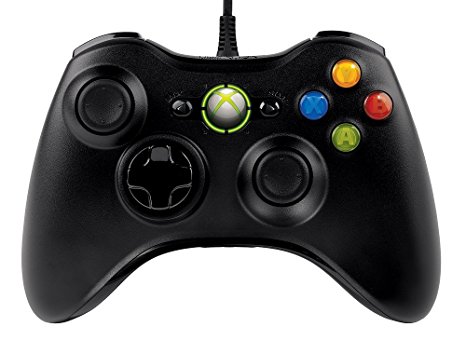How the Navy is Becoming Millenial-Friendly

Later this month, the United States Navy is expected to commission the USS Colorado, a $2.6 billion nuclear submarine, for use. Like other Virginia-class subs, the Colorado can hold more than 130 sailors, is armed with both torpedos and Tomahawk missiles, and can dive to depths of at least 800 feet. Once commissioned, the ship will be the 15th Virginia class sub to be placed into service.
The USS Colorado will have something that none of the previous 14 have, though. One of these:

That’s an Xbox controller, for those who are unfamiliar with it. It’s used to play video games. In 2001, Microsoft entered the console gaming world with the Xbox platform and it was quite the success, selling nearly 25 million units before the middle of 2006. Microsoft released the Xbox 360 in 2005, with even greater success — more than 75 million sold — and then the Xbox One in 2013, which so far has sold another 25 million. (There’s now an Xbox One X as well, but that came out last Christmas, so we don’t have good sales numbers yet.) If you’ve played Halo or Call of Duty, chances are you’ve been using a controller like the one above.
But if you’re joining the Navy in hopes of playing video games on a submarine, you may want to keep reading.
Submarines, by their very nature, don’t have an easy way to scan the water’s surface. That’s where periscopes come in. For decades, periscopes used on submarines were just a series of tubes and mirrors (or prisms); the periscope operator would raise the tube above the water’s surface and then place his eye on the eyehole. The image from above would bounce down the tube, aided by the mirrors, and by pivoting, you could see all around you. But if you’ve ever seen a submarine in a movie, you knew that already.
Today, we’re a lot more high-tech. The periscope’s top typically has a high definition camera, not a mirror. This allows the image to be displayed on screens, allowing the ship’s leadership to see what’s going on without having to peek into the eyehole for themselves. Lockheed Martin, makers of the Virginia-class submarines, originally developed “a helicopter-style joystick,” per the Verge — one which ran about $38,000. But after interviewing those sailors who served on the 14 pre-Colorado ships, the Navy learned that the price tag wasn’t the only thing bad about the joystick. Servicemembers, per the Virginia-Pilot (that’s a newspaper, not a submarine) noted that the controls were “clunky in your hand; it’s real heavy.”
So Lockeed and the Navy looked for other solutions — and it turned out, and Xbox controller could serve the same purpose. They’re much cheaper — $20 — and easier to replace, as you can buy one in any video game shop (although it’s hard to find a Game Stop at the bottom of the Atlantic). But best of all, the sailors already know how to use them. As the Verge noted, “training time for the Xbox controller also decreased to minutes, compared to the hours it took to learn the helicopter-style joystick.”
Bonus fact: Periscopes aren’t only for submarines. In 1927, famed aviator Charles Lindberg made history by flying across the Atlantic in his custom-made airplane, The Spirit of St. Louis. The plane didn’t have a front windshield — in order to improve its center of gravity, the fuselage was taken up by fuel tanks. Lindberg didn’t mind — he learned to fly while delivering mail, and often sat in the rear cockpit, his view obstructed by mailbags; he could maneuver the plane so he could see out the side windows, and that was more than enough. But just to be on the safe side, one of the engineers added a periscope to the plane. It’s unknown whether Lindberg made use of it on the first-ever successful solo trans-Atlantic flight.
From the Archives: How Potatoes Changed the Outcome of a World War II Naval Battle — Involves submarines. And potatoes, obviously.
